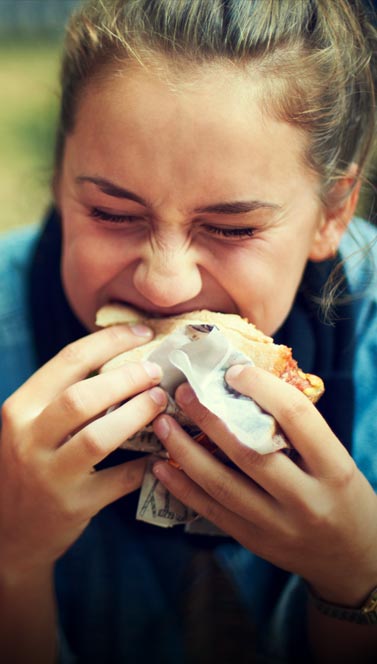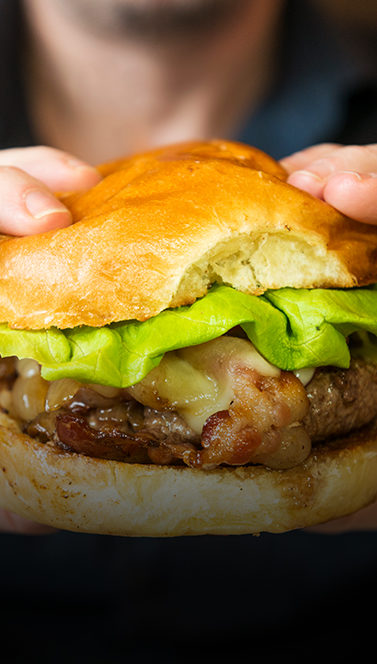Decoding Restaurant Dining Decisions
- Restaurant
- 04.08.16
- 1 Min Read
The restaurant industry is ever-changing, and our foodservice clients look to us to stay up-to-date and informed on the hottest trends. This January, a few of us flew out to Newport Beach, CA, to attend leading research firm Technomic’s “Consumer Insights Planning Program.” While the rest of the office thought we were sipping cocktails by the pool, in reality we were getting a full download from industry experts on current consumer interactions with restaurant brands, menus, ingredients and dining experiences.
Below are a few key takeaways from Technomic’s presentation on the consumer path to purchase.
- According to Technomic, 42% of consumers have a specific restaurant they always consider, regardless of occasion. Also, 74% of consumers ultimately end up at the restaurant that first came to mind. Being top of mind is increasingly important, as consumers’ consideration set is often pretty limited. Millennials and Gen Z tend to have two or three restaurants in their consideration set, compared to Gen X and Baby Boomers who have less than two. If your brand can leave a positive and lasting impression on your customers, you’re more likely to be top-of-mind when they decide to dine out in the future.
- When choosing a restaurant, consumers prioritize food and beverage type first followed by location; price and value; atmosphere; routine; and service and amenities. It’s no surprise to vets in the industry that guests think about food first, but we often forget to prioritize our messaging and strategy to match the consumer path. From social media to radio to TV, prioritize your messaging to match how your consumers make their choice when deciding where to eat.
- Speaking of food first, even before a restaurant is chosen, consumers are already considering what they want to eat. Nearly 46% decide before choosing a restaurant, 16% decide when choosing the restaurant, 14% decide after choosing the restaurant and 23% choose when they arrive. Consumers go where their cravings take them.
From pre-purchase to post-purchase, the more we know about how consumers move through the funnel, the better you can market to them and understand their eating and dining out behavior.






